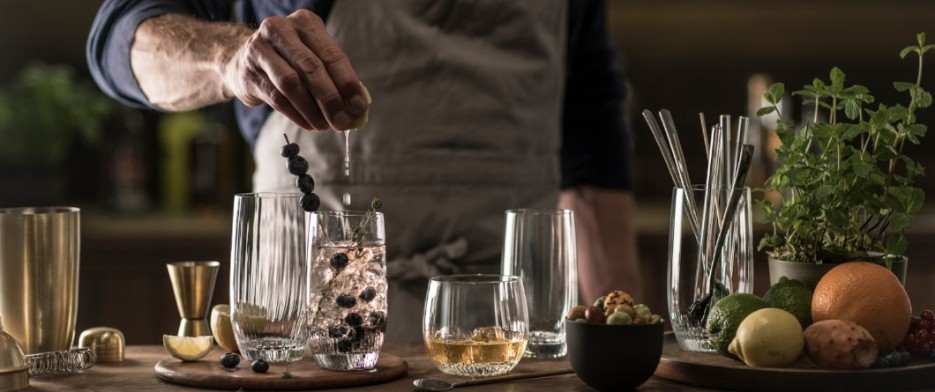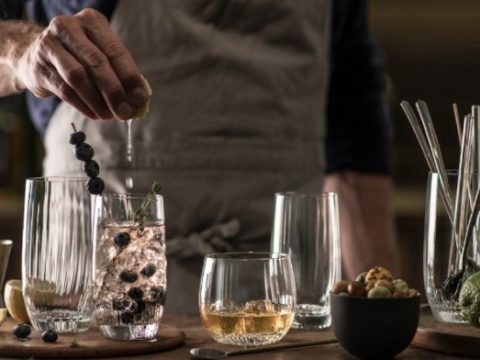Glassware Types: Classification & Proper Use by Beverage
Choosing the right glass for each drink isn’t rocket science, but it can transform your tasting experience—enhancing flavor, aroma, temperature, and presentation.
Why Glassware Matters
- Aroma & Flavor: Shape guides vapor and concentrates scents.
- Temperature Control: A stem prevents hand heat from warming the drink.
- Carbonation & Head: Flute glasses preserve bubbles; wide bowls emphasize foam.
- Elegance & Hospitality: Proper glassware shows care and respect for your guests.
Alcoholic Beverages
Red Wine
Large, wide bowls allow aeration. Always use stemware to keep the wine cool and swirl easily.
White Wine
Smaller bowls restrict air contact, preserving delicate aromas. Shorter than red-wine glasses.
Rosé
Often served in “tulip”–shaped glasses combining red & white styles. Can use white-wine glasses.
Dessert Wine
Small, low-stem glasses hold smaller pours of sweet, fortified wines like Port or Madeira.
Champagne & Sparkling
Flutes retain bubbles best. Avoid broad coupe glasses that let carbonation escape too quickly.
Beer
- Pilsner: Tall, slender to showcase clarity and bubbles.
- Wheat Beer: Tall with a wide mouth for foam retention.
- Belgian/IPA: Goblet or tulip shapes concentrate aroma.
- Stout: Pint glasses with solid foam caps well.
Whisky
Short, heavy-base “rocks” glasses for ice; tulip-shaped for aroma. Cooling bases avoid dilution.
Cocktails
- Martini: V-shaped stemmed glass.
- Margarita: Curved bowl with a wide rim.
- Highball & Long Drink: Tall, straight-sided glasses.
Non-Alcoholic Beverages
Water
Every home needs durable water glasses. Stemmed or tumbler styles both work.
Juice & Soft Drinks
Use tumblers or highball glasses. Avoid stemware to prevent tipping when adding ice or garnishes.
Quality & Brands
Look for lead-free crystal or high-clarity glass:
- Schott Zwiesel (Tritan): German-made crystal, chip-resistant.
- Borgonovo: Italian pressed glass, durable for home & professional use.


